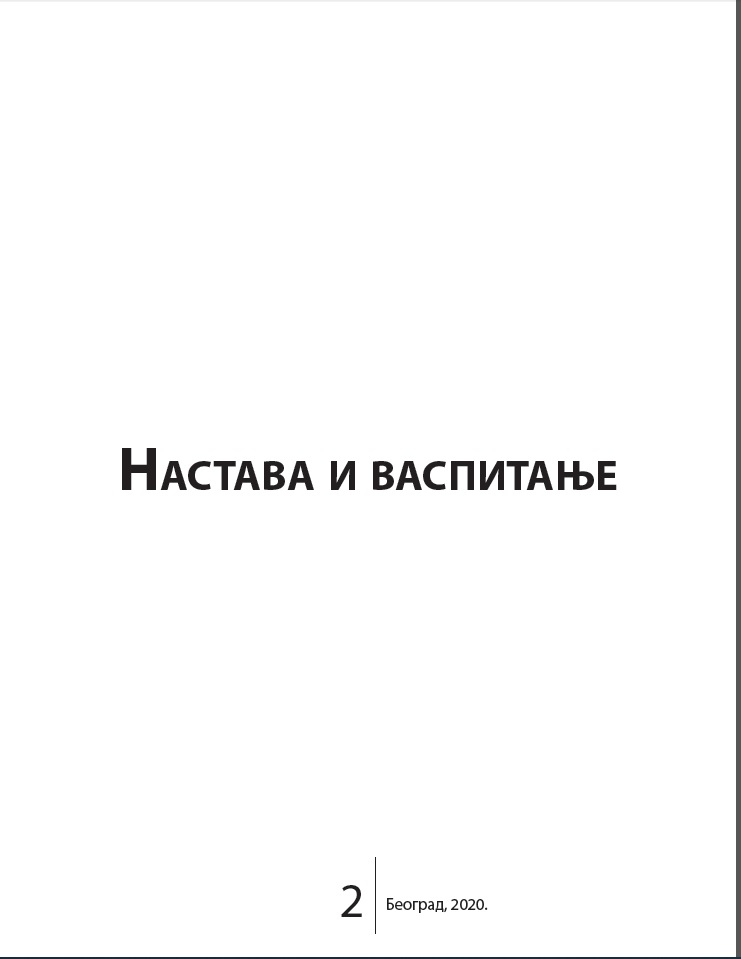Карактеристике читања и правописа код деце са дисграфичним рукописом
The Characteristics of Reading and Orthography in Children with Dysgraphic Handwriting
Author(s): Slavica Golubović, Nevena Ječmenica, Marijana Panić, Vladica ŽikićSubject(s): Education
Published by: Педагошко друштво Србије
Keywords: reading and writing; dysgraphic handwriting; orthographic rules;age differences;
Summary/Abstract: The aim of this study was to analyze the characteristics of reading and the orthographic level of handwriting in children with dysgraphic handwriting and children with typical development in the early grades of primary school. The research sample consisted of 94 children in the 3rd and 4th grades of primary school. The Handwriting Dysgraphia Assessment Test was used to assess the level of handwriting dysgraphia, while the analysis of the orhographic level of handwriting involved the assessment of the frequency and type of orthographic errors. The Three-Dimensional Reading Test was used in the second stage of research. Findings show the overall prevalence of handwriting dysgraphia in 13.8% of children, and a greater prevalence in boys (69.1%) relative to girls (30.9%). In the group of children with dysgraphic handwriting, 53.8% were categorized as having "graphomotor dysgraphia", while 46.2% were categorized as having "language dysgraphia". The study results suggest that there are no statistically significant differences between 3rd and 4th grade students in the application of orthographic rules to all writing tasks (t=1,33; df=11; p=0,17). Children with dysgraphic handwriting achieved poorer results on all writing tasks relative to children with typical development. A comparison of results of children with dysgraphic handwriting and children with typical development did not reveal statistically significant differences in reading speed tasks (t=1,10; df=18; p=0,32), number of mistakes (t=0,73; df=21; p=0,46), and reading comprehension (t=0,66; df=14; p=0,51). Increasing awareness of aspects of writing and reading where difficulties may occur, but also of aspects that represent children's developmental strengths, along with an effective assessment of language and cognitive abilities, would significantly improve the quality of the teaching process.
Journal: Nastava i vaspitanje
- Issue Year: 69/2020
- Issue No: 2
- Page Range: 213-237
- Page Count: 25
- Language: Serbian

